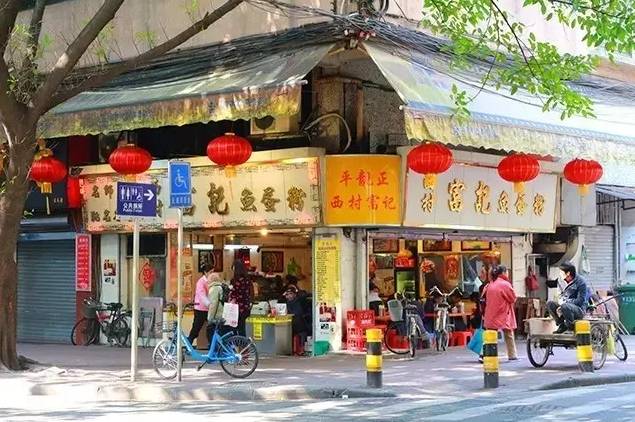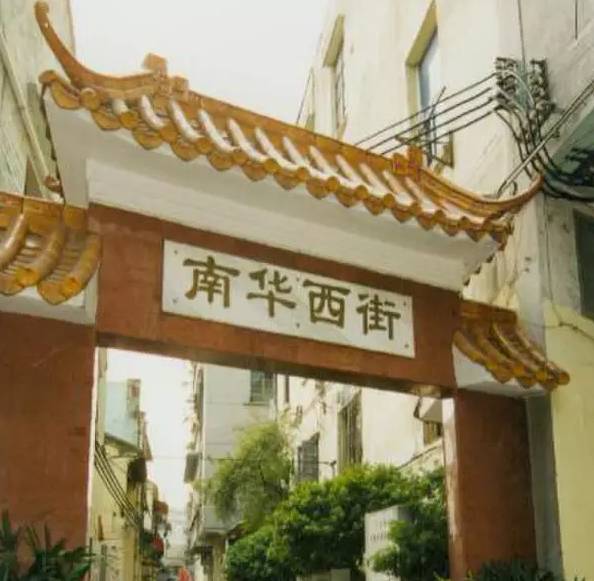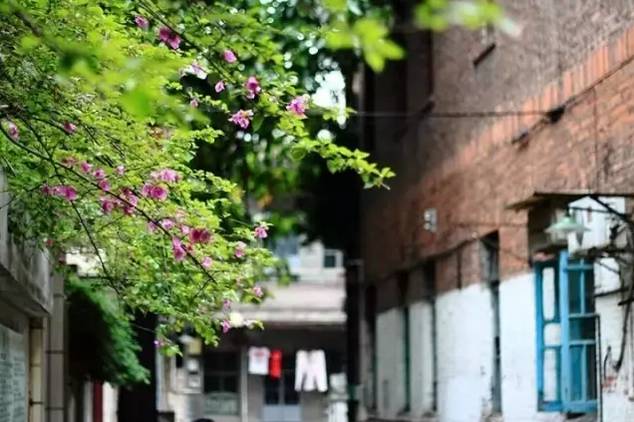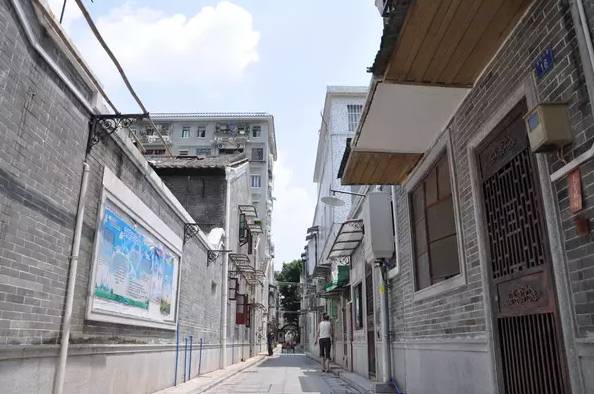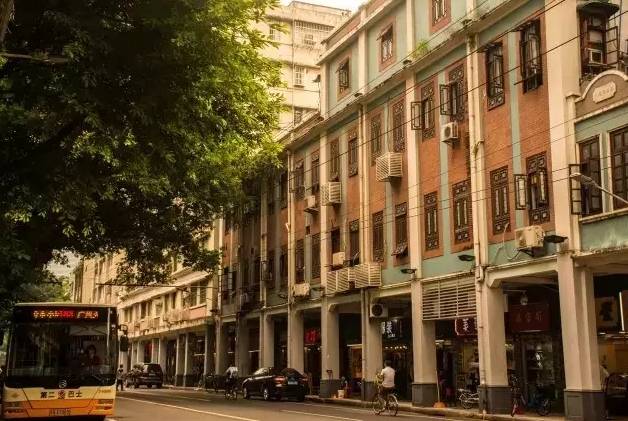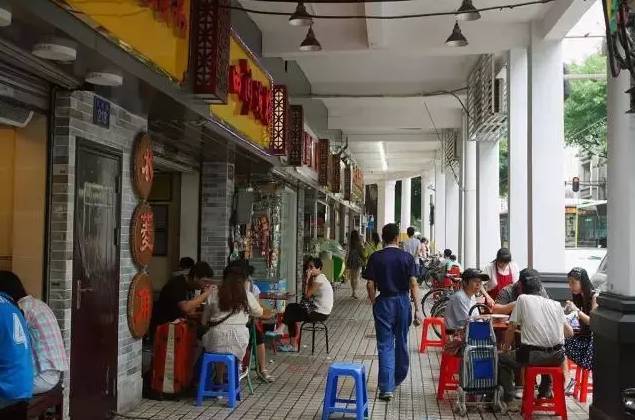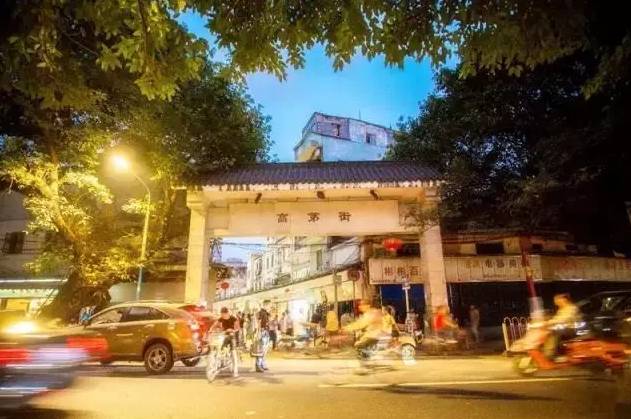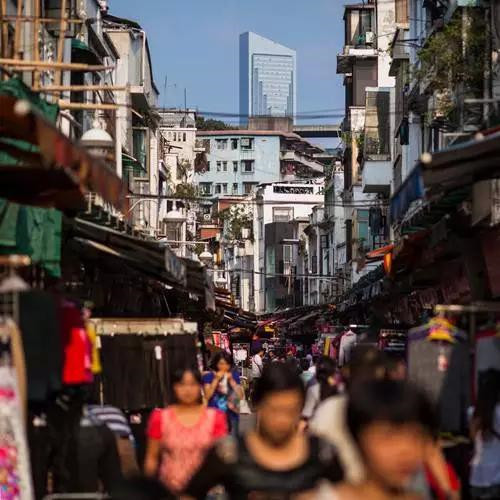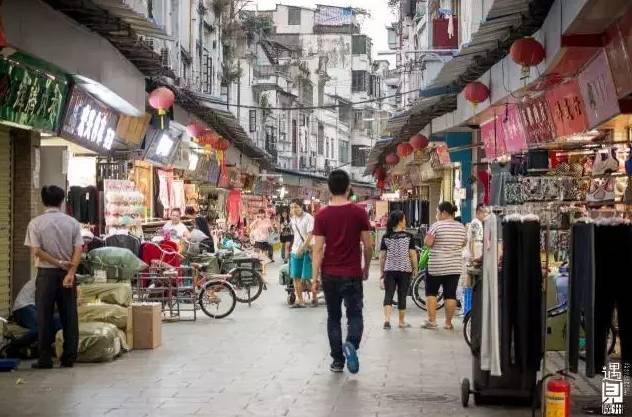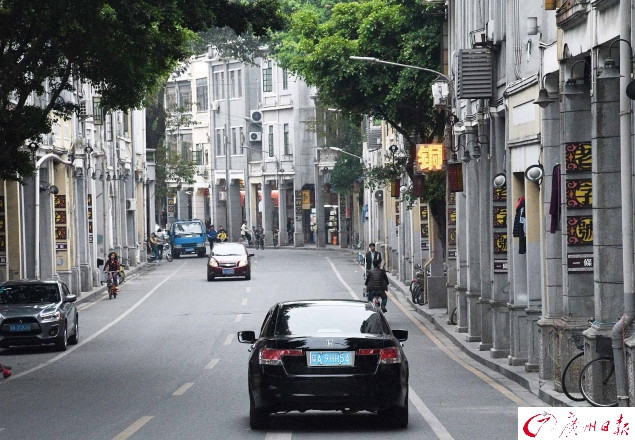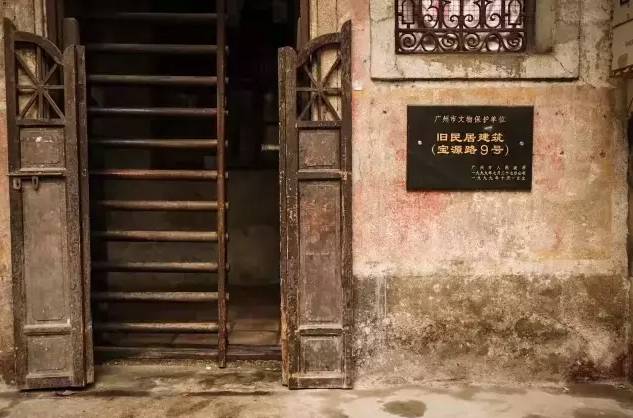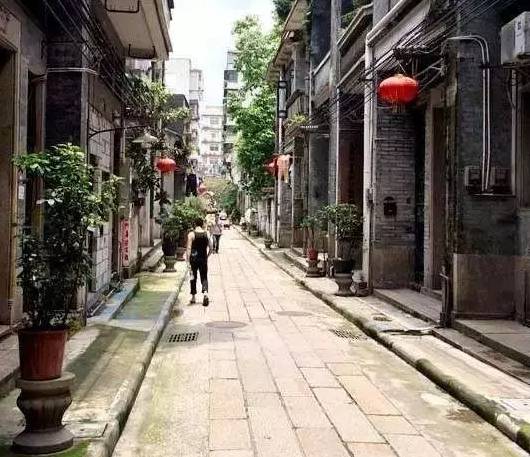Guangzhou is city which combines the best of both the ancient and modern.
The city’s history and culture span around 2,000 years having its roots in the Qin dynasty.
By visiting these seven old streets in Guangzhou, you will better understand the origins of Cantonese culture.
Xihua Road: Local delicacies in a down to earth environment
Along Xihua Road (西华路), you can find the most authentic local delicacies, including porridge, steamed rice rolls, noodles, desserts and snacks. This is definitely the most low-key, down-to-earth food street in Guangzhou. The restaurants and snack bars on Xihua Road attract a local crowd.
With around 50 yuan (about 7 USD) you can enjoy a good number of tasty snacks as you wander along the street.
Nanhua West Street: Out of Nanhua West grew Haizhu District
Nanhua West Street (南华西街) is a street with a fascinating history. It is lined with arcades, Xiguan Mansions and features 77 small lanes and courtyards.
Walking along this over 200-year-old street, you will encounter beautiful worn flagstone alleyways, historic wall paintings, balconies garlanded with flowers, and tranquil courtyards.
Nanhua West Street was a thriving thoroughfare long before Haizhu District was established. Over 100 years ago, Nanhua West Street was the test bed for Guangzhou’s flourishing business and trade culture. Merchants of the Thirteen Hongs (factories) gathered here on the south side of the Pearl River, building their mansions and ancestral temples, while doing business on the north side of the river.
Wenming Road: dessert & typical arcades
Wenming Road (文明路) is one of the most typical arcade streets in Guangzhou. Along the arcades, there are old snack bars, calligraphy, painting and framing shops, copperware booths and so on.
But there are also dessert and soup parlours, which might look tired or shabby but offer some of the city’s finest snacks.
Gaodi Street: history of cultural icons and commerce
Gaodi Street (高第街) is extremely well-known in Guangzhou, and many cultural icons used to live here. For example, Xu Guangping, wife of Lu Xun, a leading figure of modern Chinese literature, grew up in this street.
Gaodi Street was also once one of the most famous commercial centers in Guangzhou in the 1980s and 1990s, with lots of ready-to-wear wholesale stores, groceries, department stores. There was a saying that he who has never been to the Gaodi Street has never been to Guangzhou.
Now Gaodi Street is no longer as prosperous as it used to be, with a definite shabby chic feel, but the architecture above the many small shops, and tucked down the various small alleyways provide fantastic opportunities for street photography during both day and night.
Enning Road: Most beautiful old street in Guangzhou?
Walking along Enning Road (恩宁路), you will be enchanted by the arcades on this over 1500-meter long street. These arcades were mainly built in the 1920s and 1930s and are well preserved. Due to these extensive arcades, Enning Road is hailed as one of the most beautiful old streets in Guangzhou.
So if you are looking for nostalgic tour of Guangzhou, Enning Road is your best starting point.
Fengyuan Street: Essence of the old Xiguan
Fengyuan Street (逢源大街) is where you can find lots of historic architecture in traditional styles, especially the well preserved Xiguan mansions.
From these old buildings, you will get a fascinating glimpse to see how Cantonese people lived in the late Qing and earlier.
Sibei Tongjin: The past and present of Dongshan
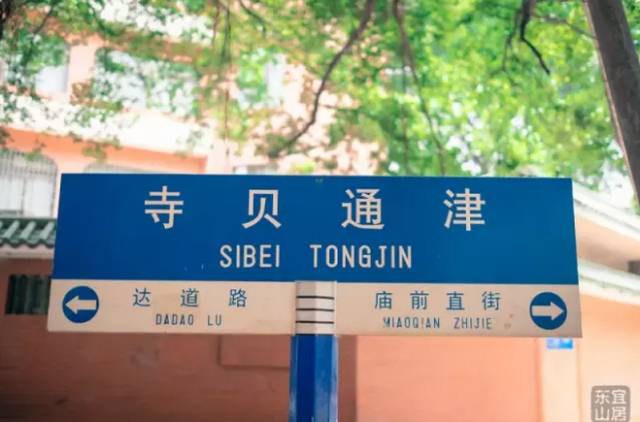
Sibei Tongjin (寺贝通津) is home to a lot of historic mansions which combine elements of both Chinese and Western styles. Red bricks, white porches, and ochre-colored doors and windows. These mansions are very different from the earlier grey brick Xiguan Mansions.
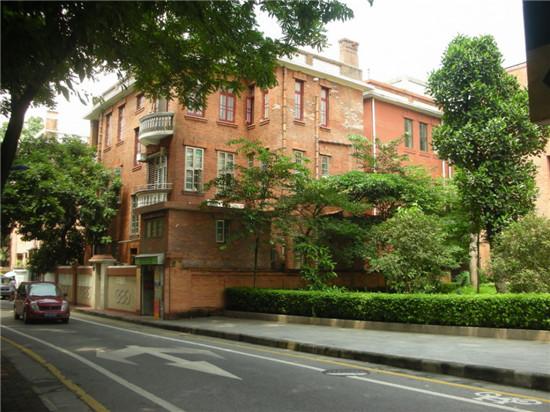
This street is located in the Dongshan neighborhood which has become a popular destination due to its artistic and relaxing vibes. The former city suburb is dotted with small shops, stylish cafés and art venues and along with Donghu park is a great place to take a stroll during weekends.
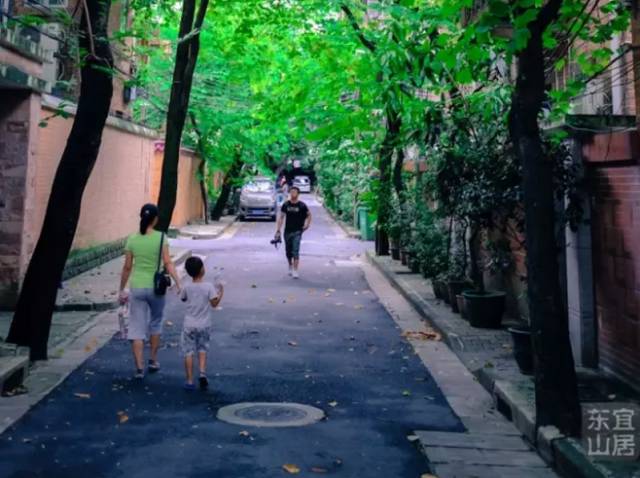
Sibei Tongjin, is rather a strange name for a street. In case you were wondering why, let's take a more detailed look: There used to be hill named Eastern Hill (dongshan) on which there was a temple called The Dongshan Temple (‘Si’ 寺). ‘Bei’ (贝) means ‘shell’ and is a homophone of the character ‘bei’ (背) meaning ‘behind’, while ‘Tong’ (通) means ‘lead to’ and ‘jin’ (津) means ‘a wharf on a small river’. So together Sibei Tongjin can be interpreted as ‘the street behind Dongshan Temple, which leads to a wharf on a small river’.
(Author: Monica Liu; Editors: Simon Haywood, Wing Zhang)



















